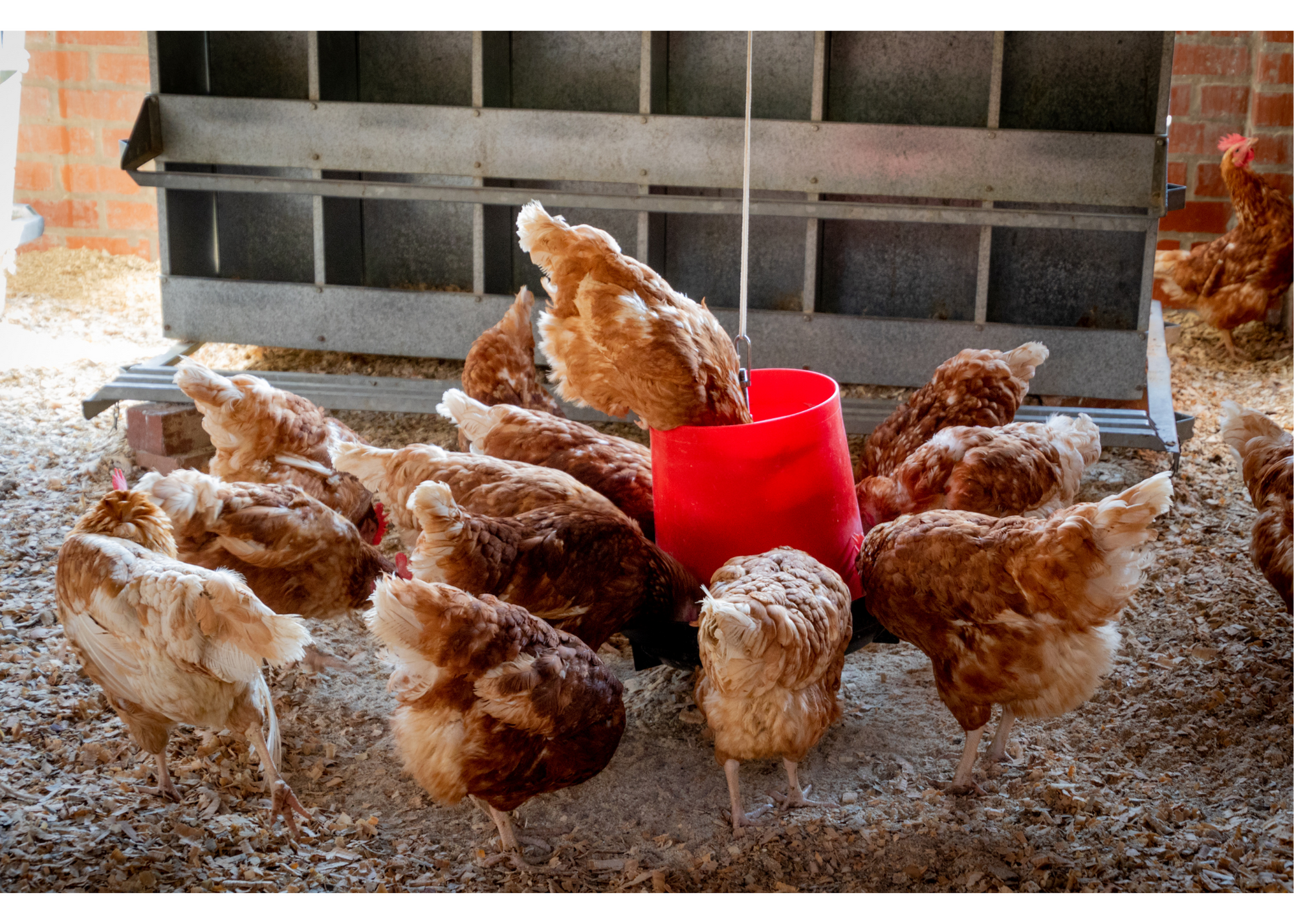HPAI Producer Documents
Access the documents by selecting the topics below.
The Infected Premises (IP) must immediately establish a clean/dirty (c/d) line at the entrance of the premises. Immediately block all other entry/exit points to the premises.
A c/d line is a clear boundary where one side is “clean”, the other is considered “dirty”, or infected. All people, vehicles, supplies and equipment that enter the IP cannot leave without being cleaned and disinfected at the c/d line. The IP is responsible for the power washer, disinfectant, and manpower to oversee and maintain a presence on the c/d line during depopulation, disposal, and beyond.
The IP is responsible for choosing the method of depopulation and carrying out the depopulation in a manner consistent with American Veterinary Medical Association (AVMA) Guidelines. The Iowa Department of Agriculture (IDALS) or United States Department of Agriculture (USDA) must witness the depopulation activity but cannot provide staff to carry out the depopulation. If the producer wishes to receive indemnity, depopulation cannot start without completing specific USDA forms and receiving approval prior to depopulation.
Depopulation methods:
WATER BASED FOAM FOR FLOOR REARED POULTRY
It is the IP owner’s responsibility to:
- Raise or remove water and feed lines in the barns in a timely manner.
- Pen the poultry.
- Provide an adequate supply of high-quality water at a speed that does not hinder the foaming operation. A rough estimate for water required for a 642’x55’ barn is a minimum of 21,000 gallons of water
- Provide a drop tank for water tanker drops. The drop tank must be c/d’ed off the IP at the end of the depopulation operation. If tankers are gravity flow, ensure the tank placement allows for downward flow.
CONTAINERIZED GASSING – e.g. CO2 CARTS
- The IP must provide the equipment, CO2, and trained personnel.
- The IP may request equipment from the USDA National Veterinary Stockpile (NVS), however the NVS inventory may be depleted or experience an extended delivery delay.
VENTILATION SHUTDOWN PLUS HEAT (VSD+)
- Before VSD+ can commence, the IP owner must complete requested forms and receive permission from the USDA because of constrained circumstances. VSD+ can only be considered when all other options have been thoughtfully considered and ruled out.
- The owner of the IP must close the house tightly, seal all air inlets, shut off fans, and obtain supplemental heat so that the temperature in the house is raised to 104°F, or higher, within 30 minutes. The house must maintain a temperature of 104°F - 110°F for a minimum of three hours.
The IP owner is responsible for determining the on-site method of disposal of the poultry.
COMPOSTING
It is the IP owner’s responsibility to:
- Communicate with the Iowa Department of Natural Resources (DNR), IDALS, and USDA to determine an appropriate location (indoor or outdoor) on the IP for composting activity. State and Federal agencies must concur on the proposed compost site.
- Work under the direct supervision of the assigned USDA Composting Subject Matter Expert (SME) whether composting outdoors or indoors.
- The compost windrows must attain minimum time and temperature requirements established by the USDA.
- The IP owner must provide the personnel and labor for temperature monitoring for the duration of the compost cycle.
- Obtain USDA pre-approval of purchases and contracts related to composting.
BURIAL
It is the IP owner’s responsibility to:
- Communicate with the DNR, IDALS, and USDA concerning the proposed burial site suitability as determined by DNR Field Office Staff and the DNR Livestock Suitability Map (https://programs.iowadnr.gov/maps/afo/burial.html). Under no circumstance may burial proceed without prior DNR approval.
- Adhere to all DNR livestock burial regulations.
- Obtain USDA pre-approval of purchases and contracts related to burial.
INCINERATION
It is the IP owner’s responsibility to:
- Seek and obtain all necessary DNR air quality incinerator permits prior to incineration.
- Obtain USDA pre-approval of purchases and contracts related to incineration.
The ABC's of HPAI: Clinical signs, reporting, sampling | Dr. Yuko Sato
My Premises is Infected. Now What?!? | Dr. Jeff Kaisand
2022 HPAI Lessons Learned | Ms. Robin Pruisner
Permitting: What, Why & How? | Dr. Katie Rumsey
